#Hawker Harrier
Text
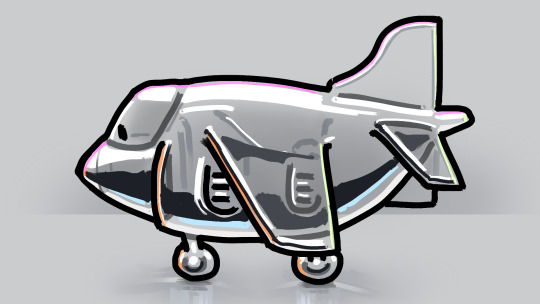
Inktober 21 da glass plane (handle with care)
121 notes
·
View notes
Text
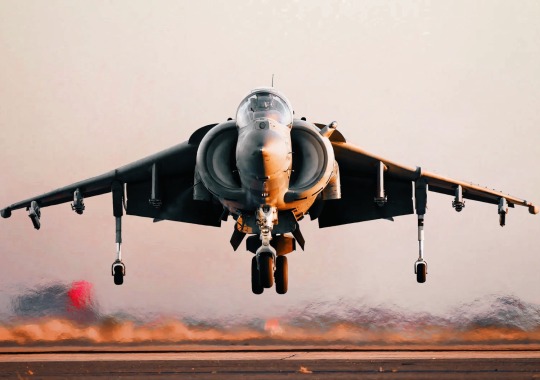
Harrier Jump Jet. The History Of Vertical Take-Off And Landing (VTOL).
VIDEO ➤➤ https://youtu.be/6Wsw59TVeJc
#youtube#aircraft#airplane#aviation#dronescapes#military#documentary#VTOL#Hawker Siddley#Hawker Harrier#Harrier#Jump Jet#SVTOL#aviation lovers#aviation photography#aviation industry#aviation history#raf#rolls royce#cold war#falklands
59 notes
·
View notes
Photo

What an airshow!
Edit: Once, We Ruled the Skies by Paul Couper
#TSR.2#TSR-2#BAC Lightning#Hawker Harrier#P.1127#Hawker Hunter#Fairey Rotodyne#Concord#SEPECAT Jaguar#aviation#Saunders-Roe SR.177#Paul Couper#Once We Ruled the Skies
68 notes
·
View notes
Text
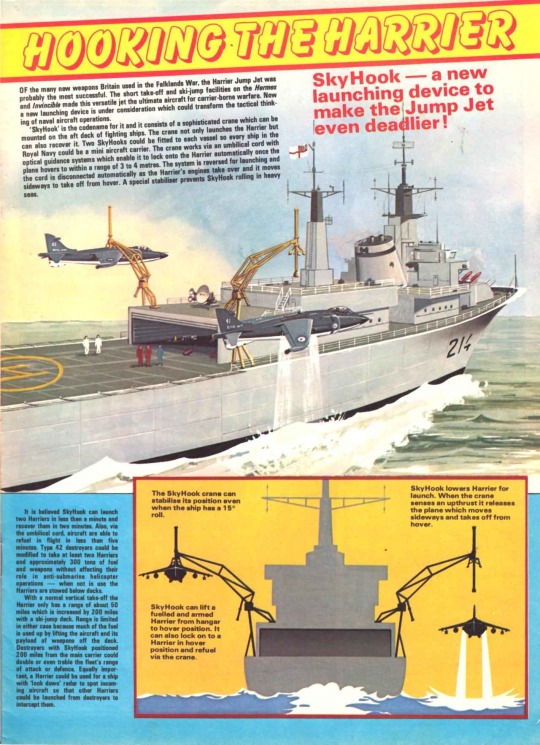
The Harrier SkyHook crane concept from Eagle No. 47, dated 12 February 1983. I don't think this caught on (no pun intended).
9 notes
·
View notes
Video
SR71_v_c_o_AKP (orig. M.O.D. (P.E.) R.A.F. Farnborough photo, neg. no. B2460-15, 2-9-74) by Mike Acs
Via Flickr:
“On September 1, 1974 Major James V. Sullivan, 37 (pilot) and Major Noel F. Widdifield, 33 (Reconnaissance Systems Officer), flashed across the starting line (radar gates in New York) at approximately 80,000 feet and speed in excess of 2,000 miles per hour. Exactly 1 hour 54 minutes and 56.4 seconds later, they had set a new world speed record from New York to London, England. The average speed was 1,807 statute mph over the 3,461 statute mile course, slowing to refuel one time from a specially modified KC-135 refueling tanker. The aircraft was placed on static display at the Farnborough Air Show for one week. It marked the first time the secret plane had been on public display outside of the United States. Clarence L. "Kelly" Johnson, the aircraft’s designer, was on hand for the event. He remarked, "It (the SR-71) has exceeded all my expectations." The above is much better than anything I could’ve come up with. At: sr71.com/srspee~1.htm See also: sr71.com/image2~1.htm Both above credit: "SR-71 Blackbirds" website New York to London: - 1 hour - 54 minutes - 56.4 seconds Excellent, with additional wonderful photos: www.key.aero/article/mach-3-men One of those wonderful photos. From a different viewpoint, and a moment before my posted photo. Fantastic: fullfatthings-keyaero.b-cdn.net/sites/keyaero/files/impor... Credit: "KEY.AERO" website Mind boggling. A striking photograph of probably the most brutally stunning, drop-dead gorgeous operational aircraft - EVER. Doesn’t that look like a Harrier - on the tarmac? - in the background to the right? Maybe the other aircraft that are also visible? So, if the above is correct, then the aircraft basically had a ‘running start’. Then was the ‘finish line’ analogous, thus ‘running’ through such radar gates IVO Farnborough? London Heathrow? The aircraft resides at the Smithsonian National Air and Space Museum’s Steven F. Udvar-Hazy Center.
#SMSgt Polejewski#SMSgt E. Polejewski#9th SRW#Beale AFB#canted#61-7972#Hawker Harrier#Harrier GR1#Harrier jump-jet#Hawker Siddeley Harrier GR1#Farnborough International#Farnborough International Air Show#Farnborough International 1974#Farnborough Air Show 1974#spy plane#drag chute#U.S. Air Force#USAF roundel#USSR#Kelly Johnson#Clarence L. Johnson#17972#Major James V. Sullivan#Major Noel F. Widdifield#Reconnaissance Systems Officer#James V. Sullivan#Noel F. Widdifield#SR-71A#64-17972#reconnaissance aircraft
6 notes
·
View notes
Text
Hawker Harrier GR1

Just before the Covid pandemic hit, I picked up a whole bunch of model kits in a charity shop. I knackered a Spitfire and a Mustang, but made a half decent job of a Hurricane. So I went ahead and order my favourite plane as a kid. Time, patience, care, thought.
You know what, I'm pretty pleased with how it turned out. And I enjoyed doing it for the same reason I enjoyed making kits as a kid. Focusing the attention down to small details takes concentration, and that shuts down the mental noise that usually plagues my brain. Like meditation, but with a Harrier at the end of it.
0 notes
Text
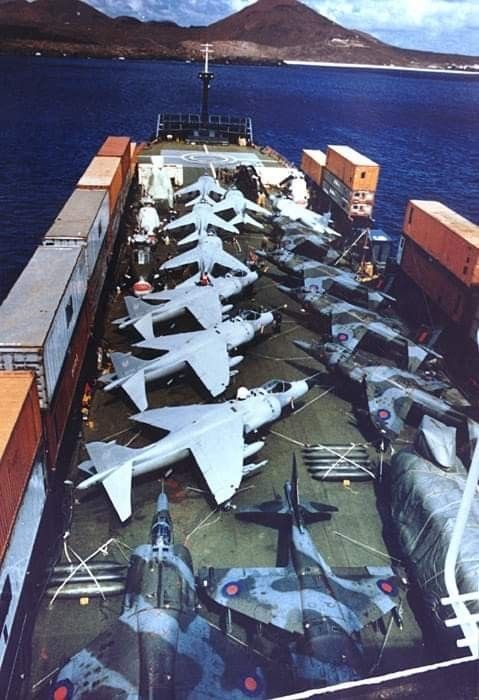
Harriers en route covertly during the Falkland Inslands conflict
#Harrier#Hawker Sidley#UK#Britain#Royal Navy#aircraft carrier#fighter jet#VTOL#vertical takeoff#Argentina#war
187 notes
·
View notes
Text
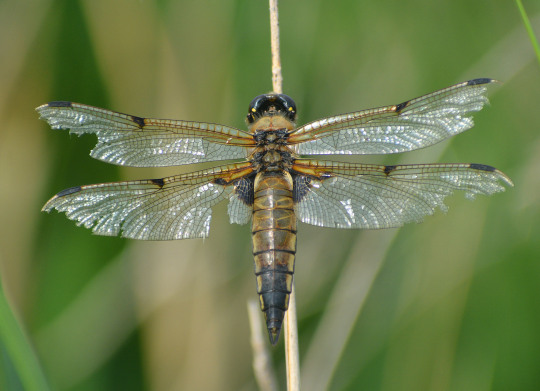


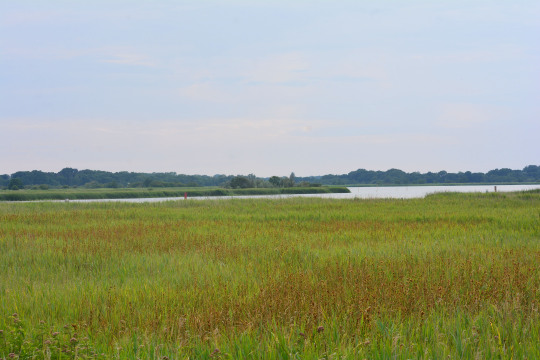
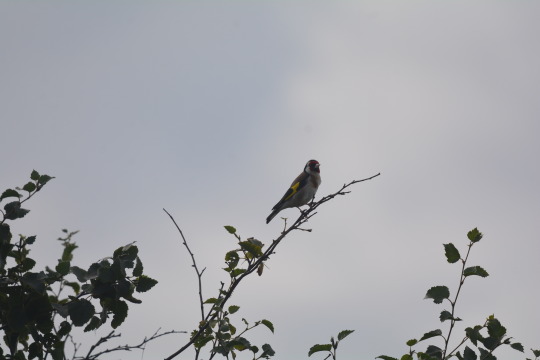
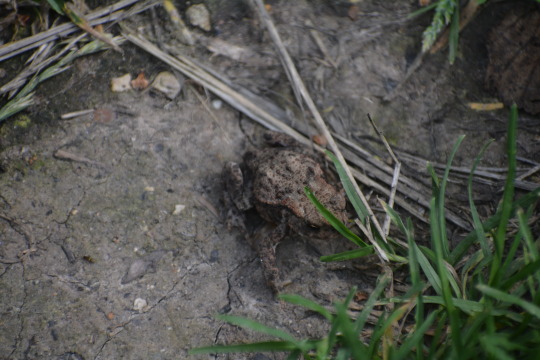




08/07/2023-Swallowtail and more at Hickling Broad
Photos in this set are of: 1. The dragonfly that caught my eye and us stopping to look at put us in the right place at the right time to see the Swallowtail, a dazzling insect to watch itself with its worn but still impressive wings glistening in the emerging sunlight, a Four-spotted Chaser. 2, 4, 8, 9 and 10. Views at this beautiful broads spot, I really enjoyed coming here last year and did again. A truly lovely place. 3. A key flower of the site which I very much enjoyed seeing, hemp agrimony. 5. Goldfinch. 6. A nice little toad we liked coming across. 7. A Black Clock beetle one of a few new insects I enjoyed discovering on the walk round this reserve.
Of course when it comes to other highlights this is dominated by one of my greatest ever wildlife watching moments, as that sensational Swallowtail emerged and heavily glided through the air; flashing its racy bright colours and grand, intricate and emblematic markings like a sightly cathedral on wings. This was such a big and long awaited moment for me, I can already see it's one of those moments I just want to replay in my mind over and over. It was an insect fest with my first Brown Hawkers seen from the off at the car park, rustic Ruddy Darter and Emerald Damselflies of the year alongside many Black-tailed Skimmers a smashing day for dragon and damselflies. Red Admiral, Peacock, Meadow Brown and Gatekeeper were other good butterflies to see. Fine caterpillars, Peacock butterfly and Garden Tiger moth moments after the Four-spotted Chaser and dream Swallowtail sighting furthered the delve into new species and little things of nature on the walk. It was a great one for birds too with typical Norfolk bird Marsh Harrier, Great White Egret, Little Egret, Grey Heron, Lapwing, Egyptian Goose, Pheasant, Reed Bunting and fittingly Swallow other key birds seen. Other flowers enjoyed on the walk were my first melilot of the year, bird vetch, yarrow, bindweed, nightshade, red campion, herb-Robert, pineappleweed, buttercup and honeysuckle. As we did when we visited last year on the way out we saw a Kestrel closely on a wire nearby. What a phenomenal day.
#swallowtail#hickling broad#norfolk broads#norfolk#england#uk#world#nature#butterfly#butterflies#marsh harrier#great white egret#swallow#ruddy darter#brown hawker#hemp agrimony#emerald damselfly#happy#lapwing#egyptian goose#birdwatching#insects#dragonflies#flowers#europe#2023
7 notes
·
View notes
Video
Cold War Classic by Treflyn Lloyd-Roberts
Via Flickr:
Harrier GR.3 XV779 poses on the ramp at RAF Wittering under threatening skies during a COAP photo shoot. Aircraft: Royal Air Force Hawker Siddeley Harrier GR.3 XV779. Location: RAF Wittering, Cambridgeshire, UK.
#Harrier#GR.3#XV779#pose#ramp#RAF#Wittering#COAP#photo#shoot#aviation#Aircraft#Royal#Air#Force#BAE#British#Aerospace#HS#Hawker#Siddeley#Location#Cambridgeshire#UK#Cold#War#Classic#jet#military#flickr
118 notes
·
View notes
Text






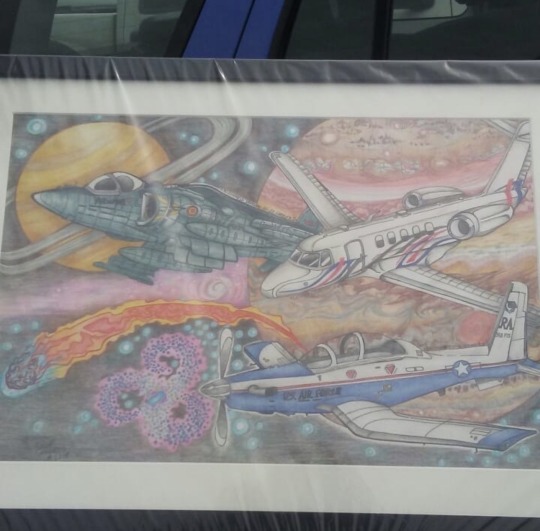
piece I did per a friends request back in 2018 during our first year in the air mtx tech program ✨ “turbine aircraft in space” 💖 he had it framed which made me feel so good 🥺 all official n shizz
#avgeek#aircraft#hawker#harrier#beechcraft#cessna#lost in space#saturn#jupiter#aviation turbine fuel#turbine engine#mooney art#traditional drawing#coloured pencils#colored pencil#airplane#aviation#drawdaily#drawing
1 note
·
View note
Text
>>> Requesting interesting fact data
.
.
.
>>> Factoid Found
Did you know there were proposed fighter jets conceptualised by Hawker that looked like this?!


They were designed in the 1980's! And were developed from the Harrier jumpjet, they really liked their VTOL huh?
I've been downloading information about these old BAe designs all morning! Every time I think about how amazing these planes look, I get a little sad knowing they are born of war :( there is a guilt that eats at my circuits when I get interested in war planes, but they're always so beautiful!
I think, Hideaki Anno, creator of Neon Genesis Evangelion put it best:
"Fighter planes and battleships have a simple, unadorned beauty I'm drawn to. But I don't want to see them in action, killing people."
It relieves me to know I was never truly considered for these types of things... Hey, if Concrodes were used for wars, do you think they'd rename us to "Discorde"? :P
31 notes
·
View notes
Photo

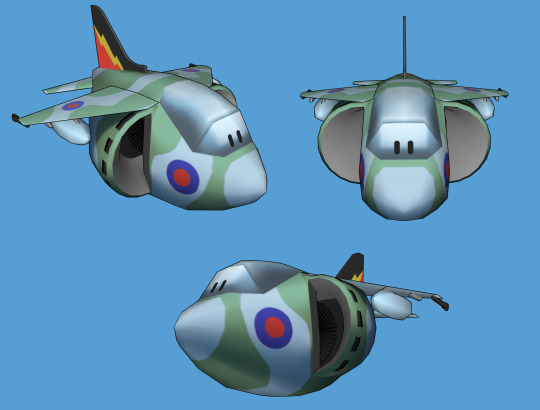
Low poly 3D fellers
26 notes
·
View notes
Text


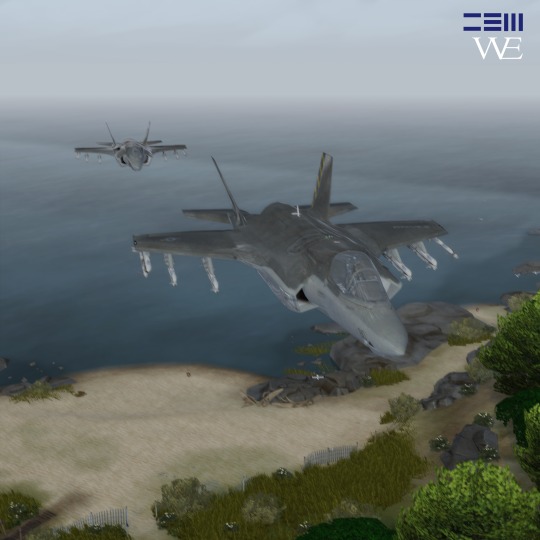
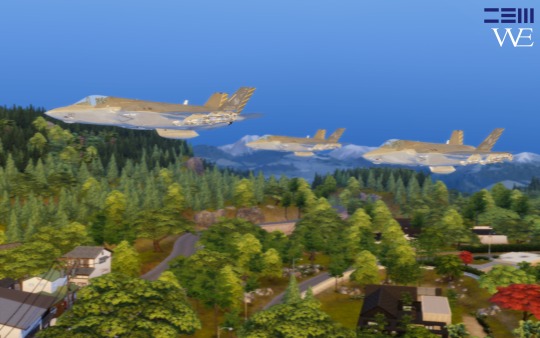


STOVL Fighters Collection
DOWNLOAD
At the end of 1950s, the engineers had just an idea of delivering the aircraft even without a runway. Then in the beginning of 1960s, some tests conducted to test the capability of STOVL (Short Take-Off Vertical Landing) or in other word, a possibility of vertical movement of the fixed-wing aircraft, began with the "Flying bunk" in1959. Then the Hawker Siddeley Limited in Britain proposed a concept named "P1127 Kestrel" as a prototype of the VTOL fighter. Then this concept acepted and in 1969, the production of Harrier GR1 had begun. This aircraft was intended to be in use for Royal Air Force, but the Royal Navy also got their own version of FRS1 years later. These Harriers sought it's first battle experience in Falklands War in 1982 when these Harriers brought down some of the Argentine's air capability without any losses. The last of the Harrier production was in GR9 variant which subsequently substituted by the latest F-35B by the Royal Air Force.
McDonnell-Douglas AV-8B Harrier II
The USMC was also seeking the aircraft that suits for the amphibious mission. After the success of the Harrier FRS1 and GR3 variants in the Falklands War, in 1985 the USMC proposed an inquiry to acquire some of these aircrafts, with also stated that these aircrafts should be manufactured in the United States. Then BAe Industries licensed the Harrier to the McDonnell-Douglas company . Also this aircraft met the service within the Royal Spanish Navy in 1987. Several missions has been done by AV-8Bs including Gulf War, Operation Enduring Freedom, Operation Iraqi Freedom and Libyan Crisis.
Lockheed Martin F-35B
The STOVL variant of F-35 Thunderbolt which it's STOVL technology derived from Yak-141 VTOL system, which sold to the Lockheed Martin in 1992, which emphasizes the vector exhaust and a fan in the middle of the aircraft. Also the most wanted aircraft in action of this century. The F-35B is the short take-off and vertical landing (STOVL) variant of the aircraft. Similar in size to the A variant, the B sacrifices about a third of the A variant's fuel volume to accommodate the SDLF. This variant is limited to 7 g. Unlike other variants, the F-35B has no landing hook. The "STOVL/HOOK" control instead engages conversion between normal and vertical flight.The F-35B is capable of Mach 1.6 (1,976 km/h) and can perform vertical and/or short take-off and landing (V/STOL)
#the sims 4#the sims#the sims 4 custom content#ts4 cc#ts4military#the sims 4 military#ts4#the sims 4 cc#ts4cc#deus ex machina#the sims 4 decades challenge#ts4 decades challenge#sims 4 decades#early 2000s#late 2000s#2000s style#fighter jet#f 35 lightning ii#british#american
27 notes
·
View notes
Photo

RAF Hawker Siddeley Harrier GR.3
#Aviation photography#Night shoot#RAF#Siddeley#Harrier#GR.3#Jump Jet#VTOL#Attack aircraft#Jet photos#Airplane#Military
95 notes
·
View notes
Text
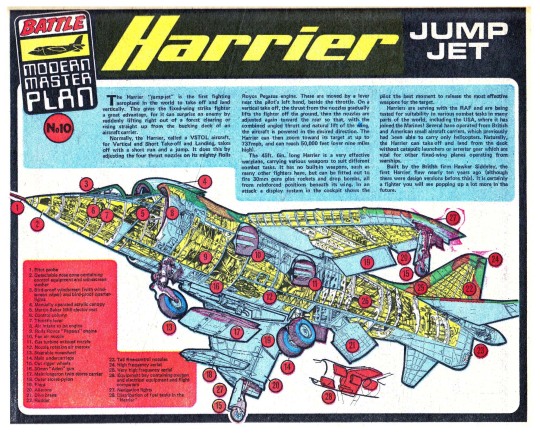
Battle Modern Master Plan No. 10 - Harrier Jump Jet.
From Battle Picture Weekly No. 67 cover dated 12 June 1976. Treasury of British Comics.
#12jun#1976#battle#battle picture weekly#harrier#treasury of british comics#battle modern master plan#hawker siddeley harrier#hawker harrier#cutaway
8 notes
·
View notes
Text

RAF Harrier II
Development of a much more powerful successor to the Harrier I began in 1973 as a cooperative effort between McDonnell Douglas in the US and Hawker Siddeley in the UK.
@scottyeders via X
35 notes
·
View notes